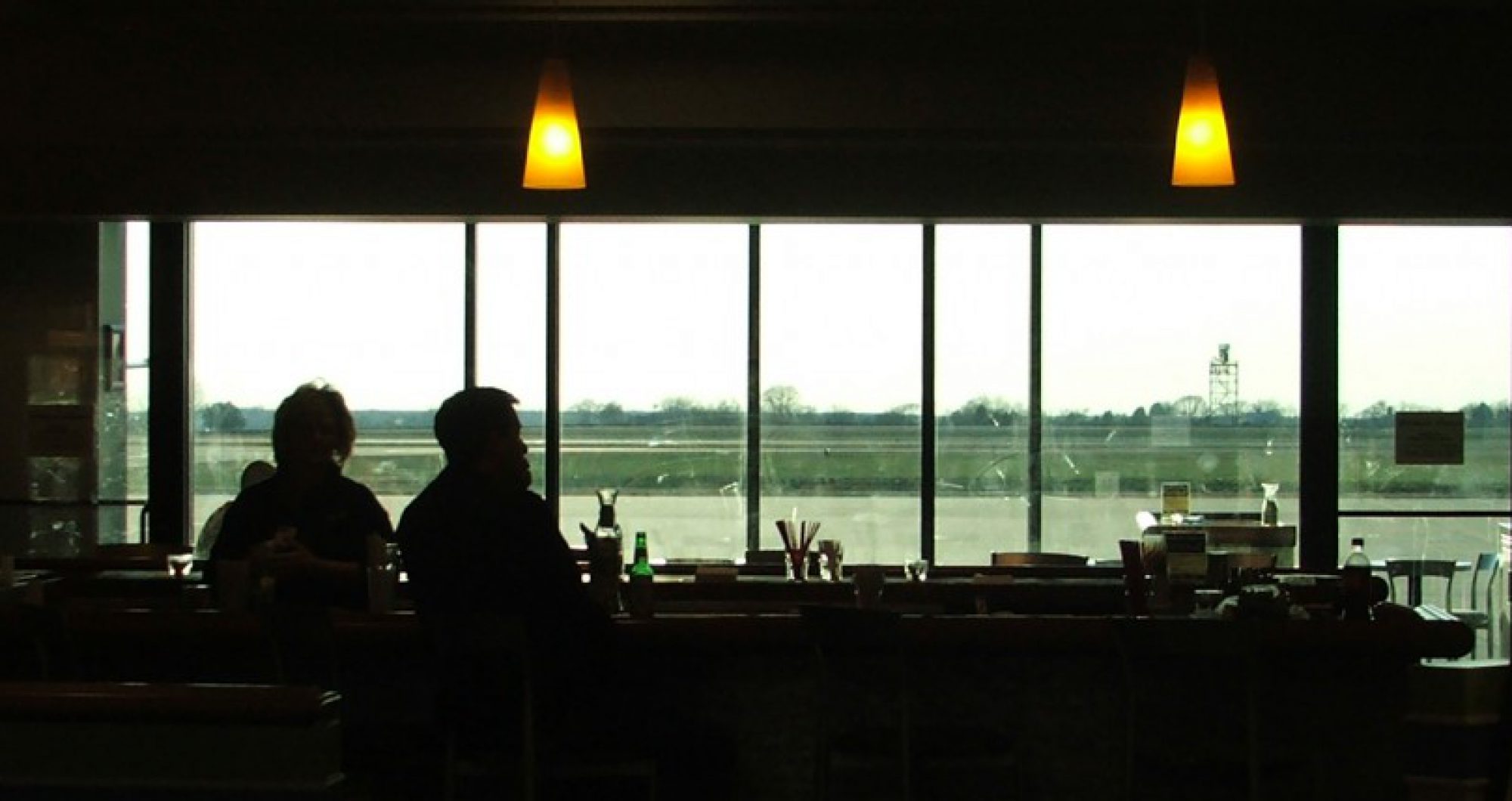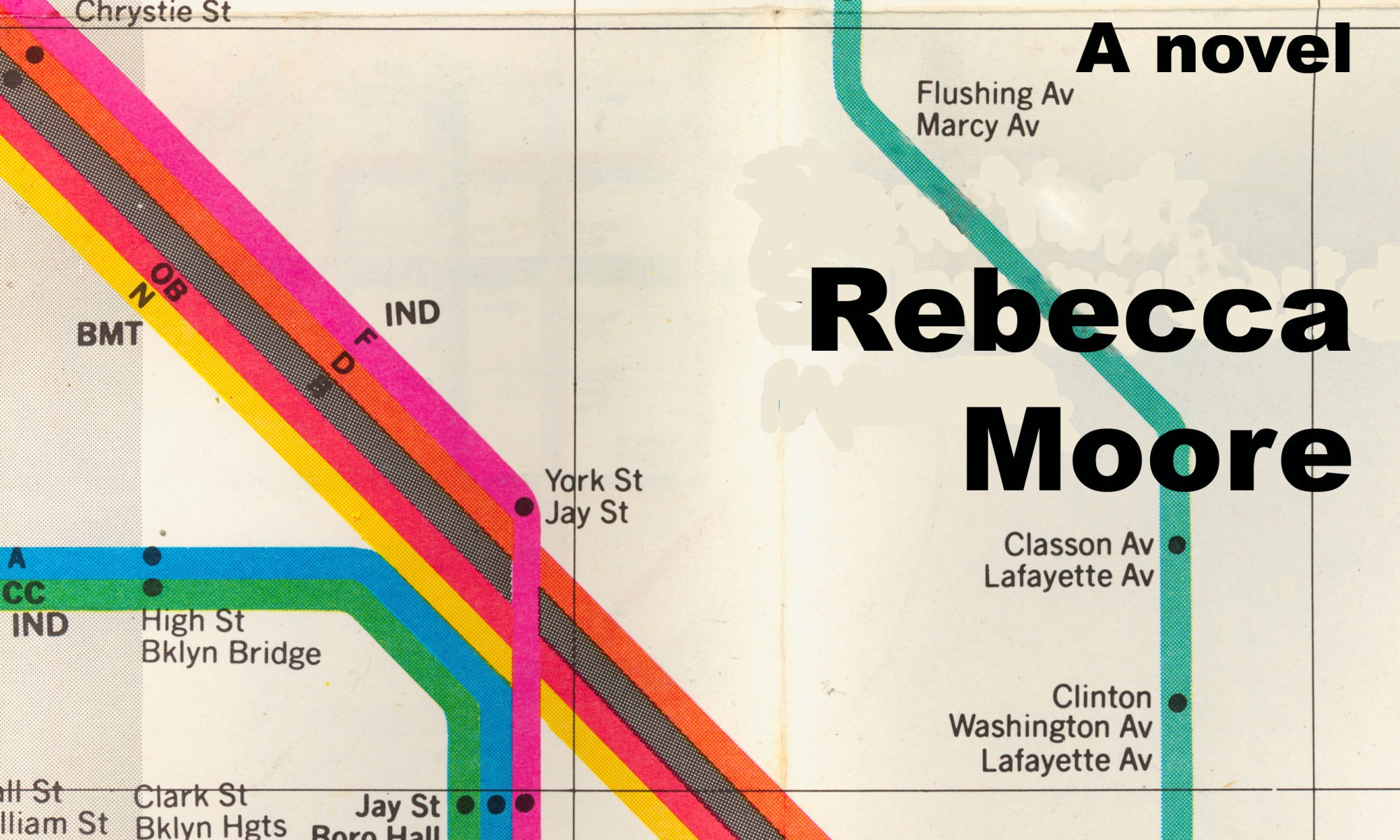 My husband and I are seated separately on the plane but we both end up next to members of the same hunting party. They are natives of our Alabama town, affiliated with the military in some way and headed to Canada to hunt geese. My seat mate and I share a mutual appreciation for the cows in the fields that face the Target mall. He remembers when the roads around the slowly diminishing cattle farm did not exist or were unpaved.
My husband and I are seated separately on the plane but we both end up next to members of the same hunting party. They are natives of our Alabama town, affiliated with the military in some way and headed to Canada to hunt geese. My seat mate and I share a mutual appreciation for the cows in the fields that face the Target mall. He remembers when the roads around the slowly diminishing cattle farm did not exist or were unpaved.
“You’ll laugh,” he says, “but I wish we had a zoo.”
Maybe we can convince the University of North Alabama to contribute their lion, a mascot housed somewhere on the campus in what suggests a sideshow attraction. I imagine him on display in the student center, pacing behind a wall of thick plexiglass in a landscape of ficus trees and stuffed representations of the other teams’ mascots, which he would chew and lick and try to find among them signs of life so that he would not have to be the only one.
In the name of city planning, I propose a public climbing wall and a pavilion with a snack bar to accompany the very nice climbing frame that stands alone on the former airfield. There are bathrooms I think, but no shade.
There are old train tracks, says the hunter, that could be restored and connect the river to the center of town and to the airport. My husband thinks any scheme involving public transport is doomed here because no one will voluntarily leave their cars, but I see potential in this. Young teens, old enough to set forth on their own, but too young to drive, could use them. People could try something different.
He has an idea for a seafood restaurant on the river, by the marina. His retail addition would be a hunting superstore, which makes more sense than a Nordstroms if you are thinking about the people who actually live here, how they live, what they do, and how, as with government surveys on healthy eating, what we say, want and do are often three different things.
Changing planes in the Atlanta airport, we notice youth and old guys in fedoras and adults in mouse ears. One man in particular catches my eye. He is about our age, dressed all in black, hat included, in a long overcoat and turtleneck. He wears a collection of charm necklaces, embedded with rhinestones (surely not diamonds), notably including a microphone and a 45 rpm disc. When he sees me noticing him/them, he flashes me a big smile. He ends up in the seat in front of me and I eavesdrop on his conversation with two guys going to have a baseball weekend. Turns out, he is the (new) lead singer in the Four Tops. He talks about the Temps and the Tops, Michael and Diana. His career is about an era now past. He has professionally assumed the role of a deceased artist. I check him out online later and he is who he says he is.
Lives and layers, past and present, identity and place. If these aren’t already established as the theme of this blog, they are the themes of this post and of this trip.
Throughout the week, as I take my daughters on a tour of my hometown and as my husband and I retrace some of the paths of our former life together, and we reorient ourselves, the past and the present are banging against each other.
We visit the Transit Museum, itself embodying these themes, housed in a defunct station where they filmed The Taking of the Pelham One Two Three. One can walk through subways of yore with the old ads. Where, though, are the Evelyn Wood speedreading ads, the VD Ad Council posters of the 70s, the 7-Up and Dr. Pepper clocks — anyone remember those? Wheels turned inside a lightbox display so that psychedelic rainbow clouds spun colors, water trickled over rocks, and maybe also drinks over ice, scotch even, this being back in the day of cigarette and liquor ads being allowed in all formats, with billboards that blew smoke rings and suave guys in tight turtleneck sweaters with black eyes because they’d rather fight than switch, or drinking a Campari and soda on account of Liza Minnelli. Where, moving on in time, was the 90s AIDS education tragedy of Marisol y Julio? Or the smooth-cheeked dermatologist, Dr. Jonathan Zizmor? The Frutopia cornucopia that filled an entire subway car in the 90s as graffiti once had?
I have come without a book but find, in the apartment we have rented, an anthology of writing about the subway. It’s so good that we order one for ourselves to finish on our return. These themes play out over and over. Leaving, returning, being.
The dominant smell of the city is now strawberry air freshener. The familiar stench of human urine still exists at the corner of my old block, as you approach 6th Avenue, but mostly I’m smelling strawberry, as if the city has installed Air Wick plugins under the subway grates as part of the plan to make itself more attractive to tourists. It’s not a public urinal anymore, but a guest bathroom.
We walk across the Brooklyn Bridge, through throngs of tourists, and up the Highline, through throngs of tourists. In Chinatown, an old woman sits in a darkened storefront window, folding paper flowers.
We go to Newsies, a Disney musical about turn-of-the-century street urchins. It takes a grim slice of urban history and serves it up as a heartwarming victory of the weak over the powerful, sort-of. The bad stuff is alluded to but not dwelt upon. It is a gateway into history and the past that lurks everywhere in the city despite what is referred to as the Disneyfication of it. In which case, this is an actual case of Disneyfication. If we’d had more time, I would have included a visit to the Tenement Museum, which I’ve never been to, but at the very least, we can pull out our copy of How the Other Half Lives and provide the historical context once we’re home. Those real newsies, they were much younger and wouldn’t have had the energy to dance like that.
I photograph the ghosts of old ads painted on the walls of buildings.
We take the bus up to the Met. I check with the driver that this will indeed take us as far uptown as we want to go. You cannot assume things will run as they used to.
“Where are you going?” demands an older man when we take our seats. I had forgotten the indignation New Yorkers feel when they overhear bad advice. I assure him that we have no intention of taking a crosstown bus. Because, I agree, that would be ridiculous.
“I love watching,” he says. “I don’t understand why so many people have their heads down in their Kindles and iPhones. I could never live anywhere else.”
At the Met, we enter the Egyptian tomb that was always one of my favorite places. Maybe somehow the museum had overlooked one passageway that would take you from 81st street and into the ancient past.
“I found what I was looking for my,” husband said of his time in the museum book store, “but it wasn’t what I wanted.”
“Ooh,” I say, taking out my pen.
Fifth Avenue is a spectacle. A storefront is transformed into a wall of moving water, a webcast of the Huntington Sound. Shirtless men in hoodies lurk inside the entrance to Abercrombie. Crowds surge. It feels familiar, the dowdy carpet showrooms, the nothingness of Midtown.
I guess I knew the galleries had left Soho, priced out. It is a nicer version of our local mall with better coffee and a high end soap shop in place of the lurid Bath & Body Works. The familiar green awning of the Vesuvio bakery tricks us. It is no longer Vesuvio. I try on boots that made my feet look like giraffe hooves, that I loved but not quite enough for the money and the realization that they would be impossible to drive in.
My friend and I are trying to teach our daughters how to cross the street and shoulder their way through the crowds. The first time I came home from college was with her. We got a ride from a guy in our dorm. We surprised our parents, slipping back into the city for a quick fix. I was pleased that it still existed and seemed to function as well without me, in the same way that it has done these past decades. “In two weeks,” a family friend had once said re moving back, “people will forget you had ever left.”
 On our last day, we go to the gallery of an old friend of my husband’s, an artist whose studio we’d been to 12 years ago. His gallery has moved to Hell’s Kitchen, off the Highline. His subject is the city. When we are leaving, the man at the gallery tells us to go around the corner, to the Marlborough Gallery. There would be a door in the middle of the gallery. You might think it’s not part of the show, or it’s a mistake, but go in and keep going.
On our last day, we go to the gallery of an old friend of my husband’s, an artist whose studio we’d been to 12 years ago. His gallery has moved to Hell’s Kitchen, off the Highline. His subject is the city. When we are leaving, the man at the gallery tells us to go around the corner, to the Marlborough Gallery. There would be a door in the middle of the gallery. You might think it’s not part of the show, or it’s a mistake, but go in and keep going.
We go in. We keep going. It is a journey not unlike the week itself. It is unexpected, delightful, easy, familiar, strange. One scene reveals another. We step through holes in the wall from one display to the next. A bodega-y shop, a plastic surgery clinic, a disused OTB parlor. These, I think, no longer exist, but I remember them as a fixture. Where are the kinds of people who hung out there?
 Afterwards, we walk to midtown, through an old housing project. Two cans of College Inn broth prop up a window air conditioning unit.
Afterwards, we walk to midtown, through an old housing project. Two cans of College Inn broth prop up a window air conditioning unit.
When we reach 8th Avenue from the west, the older daughter, having stood on the same corner four days earlier, having arrived from the north, says, “We have been here before.”
 First of all, know that these sounds are normal: birds very close to the house, the way our cat belts out torch songs of boredom in the middle of the night.
First of all, know that these sounds are normal: birds very close to the house, the way our cat belts out torch songs of boredom in the middle of the night.
















